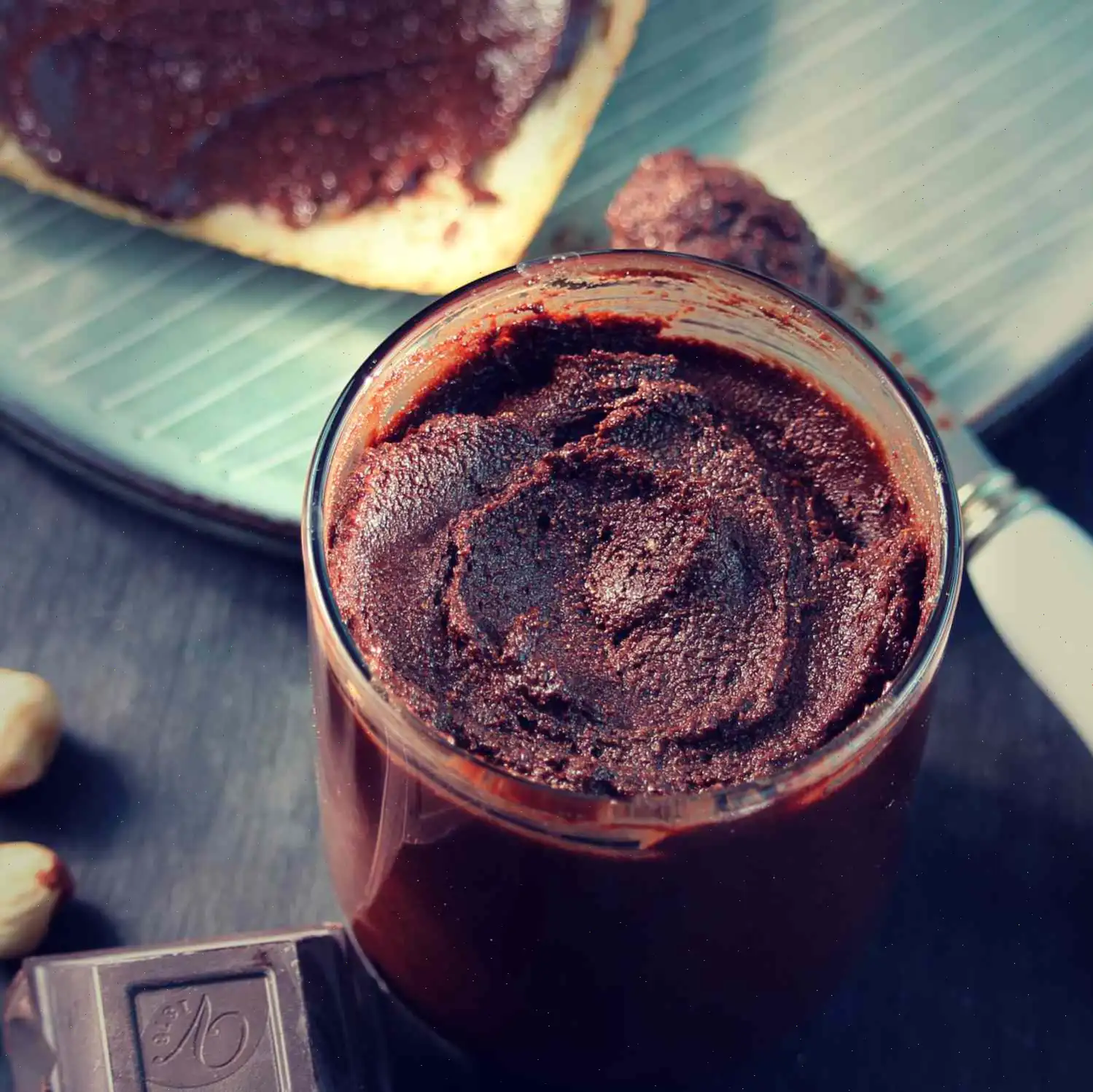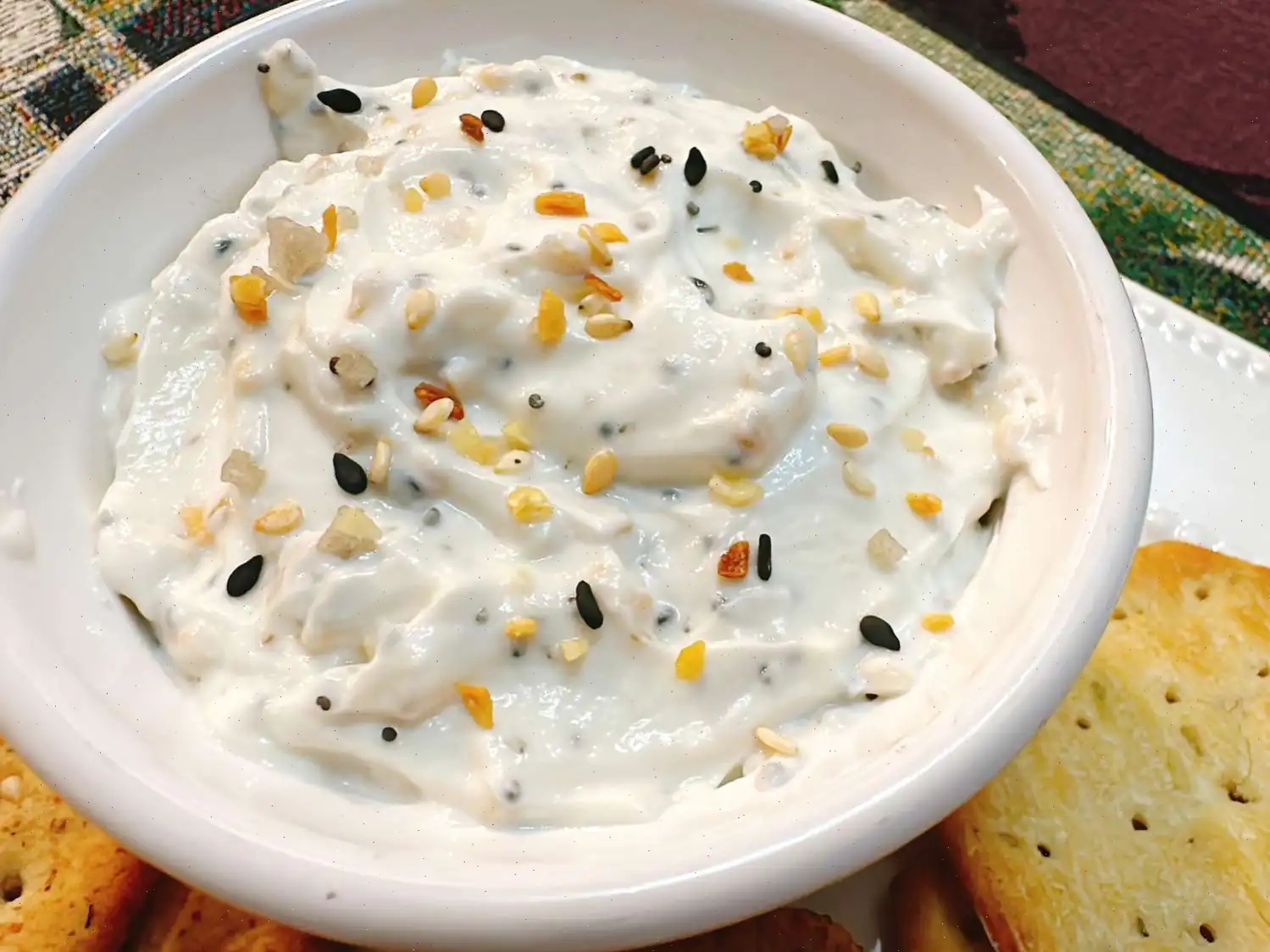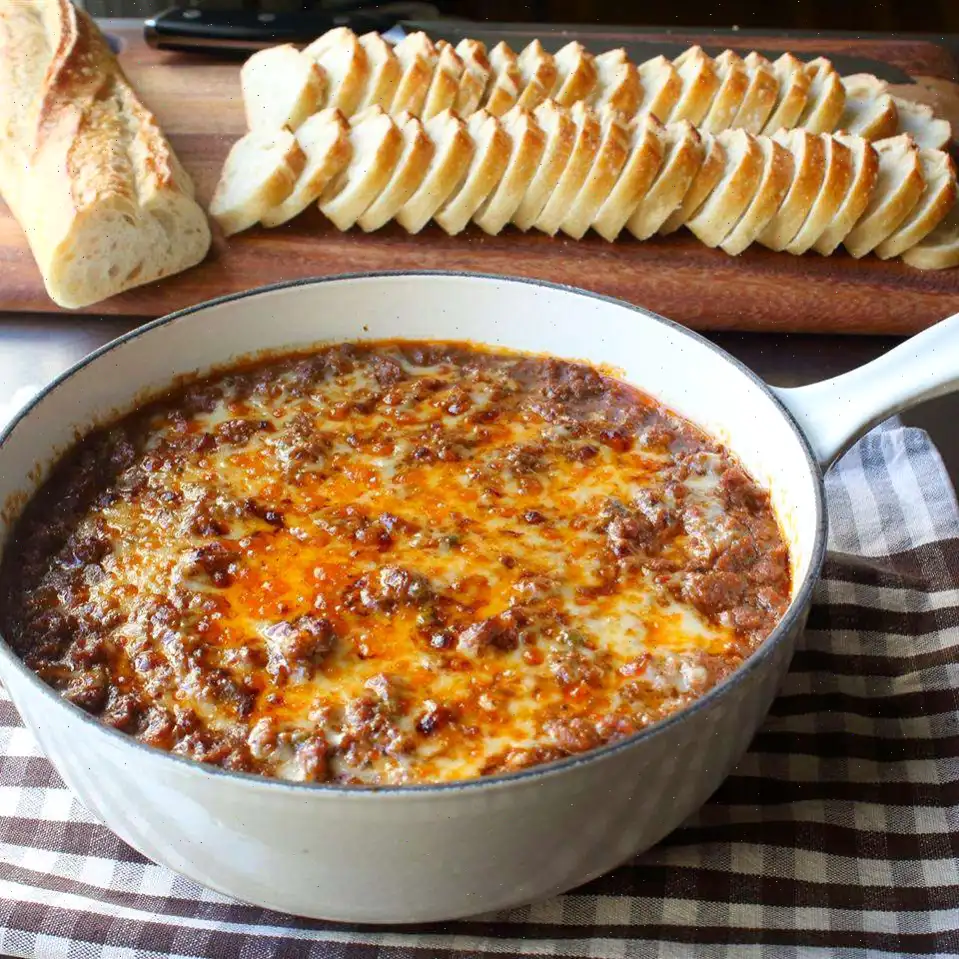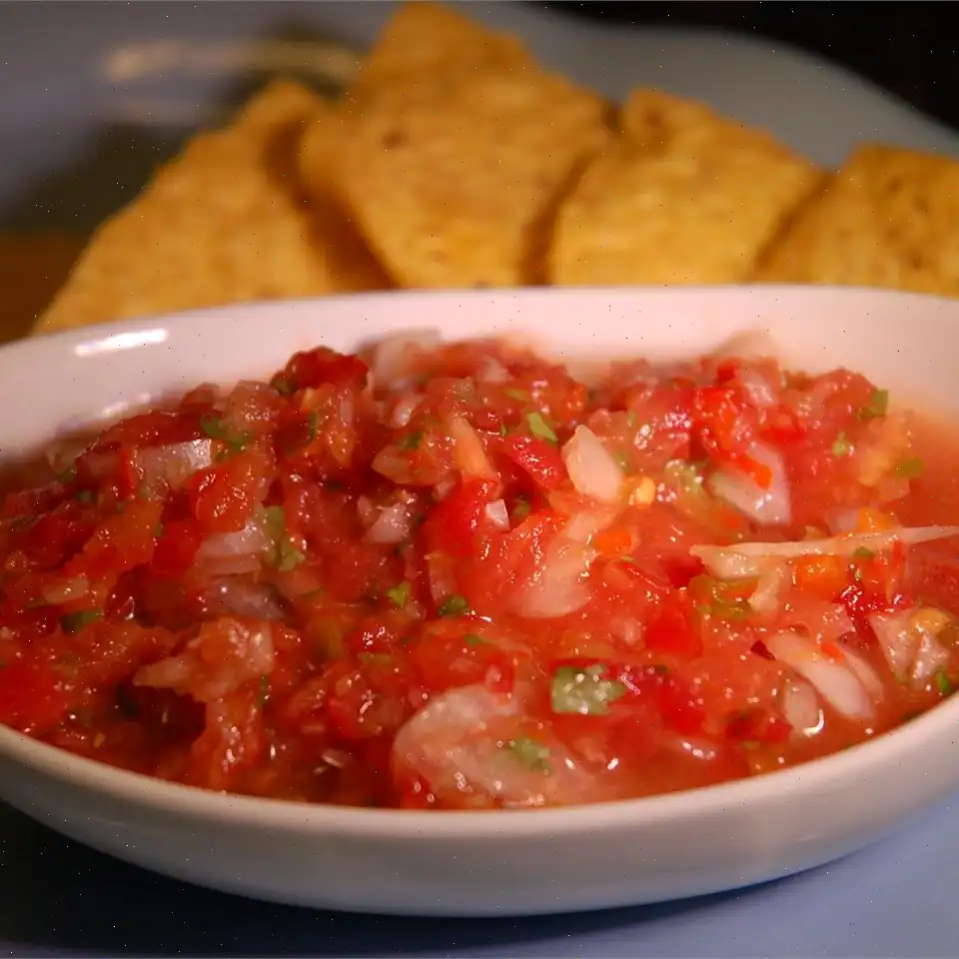
Homemade Chocolate-Hazelnut Spread Recipe
Ingredients
This recipe yields 8 servings. The ingredient amounts have been adjusted automatically, but cooking times and steps remain unchanged.
- cup white sugar
- cup raw sugar
- cup toasted hazelnuts
- 4 ounces 70% dark chocolate, chopped
- cup powdered milk
- cup light vegetable oil
Directions
Step 1: In a food processor or blender, combine the white sugar and raw sugar. Process until the mixture becomes a fine powder. Depending on your equipment, you may need to do this in batches to prevent overheating the motor.
Step 2: Add the toasted hazelnuts to the sugar mixture in the food processor. Continue blending until the mixture forms a smooth, creamy texture.
Step 3: Add the powdered milk to the hazelnut mixture and blend until fully combined.
Step 4: Pour in the light vegetable oil and blend again until smooth and creamy.
Step 5: Melt the dark chocolate in a microwave-safe glass or ceramic bowl. Heat it in 15-second intervals, stirring after each interval. It should take around 1 to 3 minutes in total to melt completely.
Step 6: Add the melted chocolate to the hazelnut cream in the food processor. Blend everything until the mixture is smooth and fully combined.
Step 7: Transfer the mixture to a glass jar. Allow it to cool before sealing and refrigerating.
Nutrition Facts (per serving)
Serving Size: 1 serving
- Calories: 270
- Total Fat: 19g (24% Daily Value)
- Saturated Fat: 3g (15% Daily Value)
- Cholesterol: 5mg (2% Daily Value)
- Sodium: 18mg (1% Daily Value)
- Total Carbohydrate: 24g (9% Daily Value)
- Dietary Fiber: 2g (7% Daily Value)
- Total Sugars: 21g
- Protein: 3g (7% Daily Value)
- Vitamin C: 1mg (1% Daily Value)
- Calcium: 54mg (4% Daily Value)
- Iron: 1mg (3% Daily Value)
- Potassium: 148mg (3% Daily Value)
* Percent Daily Values are based on a 2,000-calorie diet. Your daily values may be higher or lower depending on your calorie needs.

History of Chocolate-Hazelnut Spread
The origins of chocolate-hazelnut spread can be traced back to the early 19th century in Italy, where hazelnuts were often used to add richness to chocolates. The most famous version, Nutella, was created by Pietro Ferrero in the 1940s. Ferrero, a confectioner in the Piedmont region, faced a shortage of cocoa during World War II. To make his chocolate more affordable, he used hazelnuts, which were abundant in the area. The result was a creamy, nutty chocolate spread that would go on to become a global favorite. However, the idea of mixing chocolate and nuts in a spreadable form existed long before, and similar recipes have been found in ancient European culinary traditions.
Regional Variations
While the chocolate-hazelnut spread we know today is closely associated with Italy, variations of the recipe can be found across Europe. In Germany, a similar treat called "Nuss-Nougat-Creme" is widely consumed. In France, some versions of hazelnut chocolate spread include a higher proportion of chocolate, making it richer and less nutty. In certain Mediterranean regions, local nuts such as almonds or pistachios are sometimes substituted for hazelnuts, giving the spread a different flavor profile. These variations reflect local nut production and taste preferences.
Differences from Similar Dishes
Chocolate-hazelnut spread may seem similar to other nut-based spreads, such as peanut butter, but there are distinct differences. Traditional peanut butter is made primarily from ground peanuts, with a smooth or crunchy texture. In contrast, chocolate-hazelnut spread incorporates cocoa and often sugar, which gives it a sweeter and more decadent flavor. Furthermore, the texture of chocolate-hazelnut spread is usually much creamier due to the oils and powdered milk used in the recipe, creating a rich and smooth consistency that differs from peanut butter's more solid nature.
Where Is It Typically Served?
Chocolate-hazelnut spread is extremely versatile and can be used in a variety of dishes. It is commonly spread on toast, pancakes, or waffles for breakfast or a sweet snack. It can also be used as a filling for pastries, croissants, or cakes, making it a popular choice in both breakfast and dessert recipes. In Italy, it's often spread on warm, freshly baked bread or served alongside fruit for a deliciously simple treat. Beyond the breakfast table, chocolate-hazelnut spread is often used as a dip for pretzels, fruits, or even marshmallows, offering a rich contrast to the salty or tart flavors.
Interesting Facts
- The spread is a global phenomenon, available in more than 160 countries around the world.
- The famous "Nutella" brand consumes approximately 25% of the worlds supply of hazelnuts annually.
- Chocolate-hazelnut spread is so popular in Italy that it is often served with "pane e nutella" (bread and Nutella) as an afternoon snack, known as "merenda".
- In 2012, Ferrero, the company behind Nutella, announced it had sold more than 365 million jars of the spread worldwide in a single year.
- Hazelnuts are known for their health benefits, including being rich in vitamins, antioxidants, and heart-healthy fats.
Making your own homemade chocolate-hazelnut spread allows you to enjoy a fresh, customizable version of this beloved treat. By using high-quality ingredients, you can control the sweetness and the intensity of the chocolate, offering a more personalized flavor experience. Whether spread on toast, used as a dip, or incorporated into desserts, this homemade version is sure to become a favorite in your kitchen!








